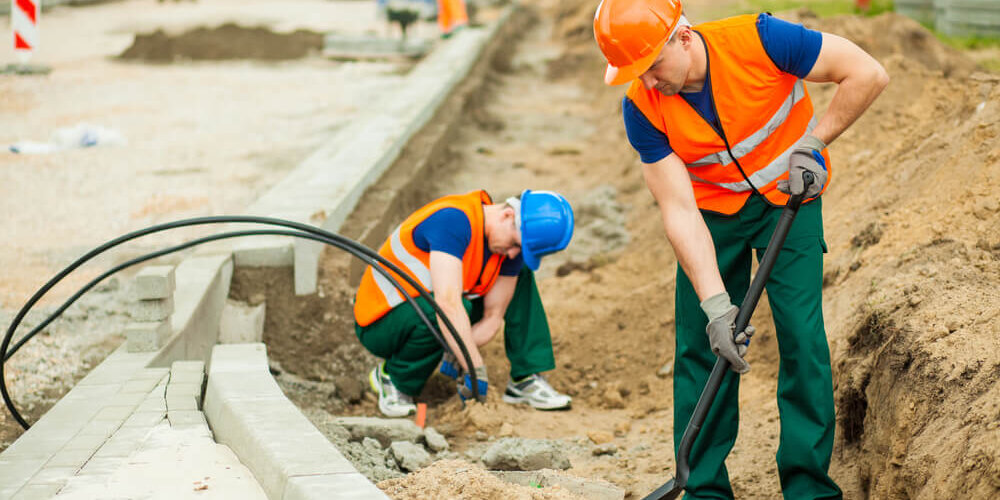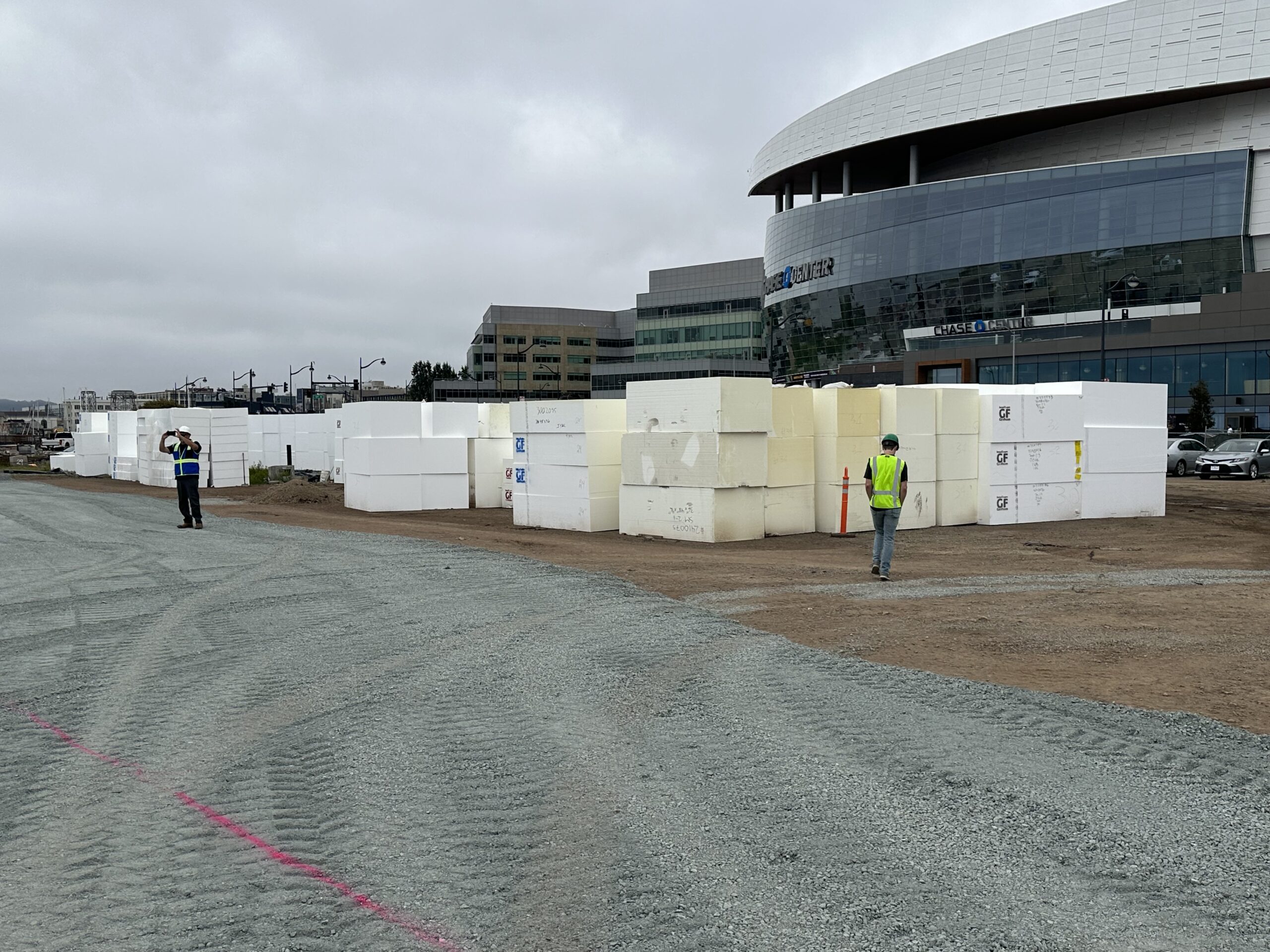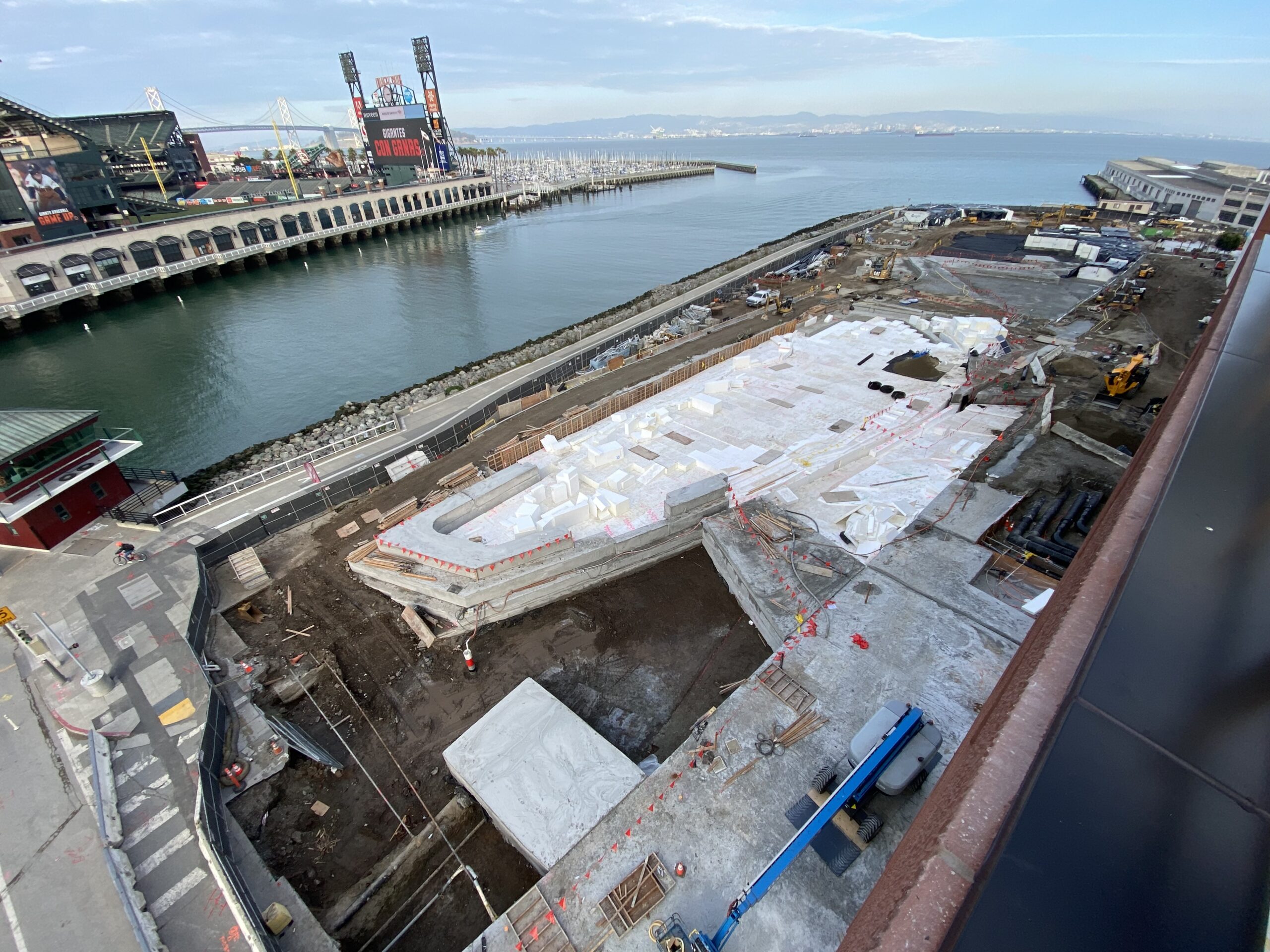One of the primary uses of EPS geofoam is to provide support in various road construction applications. Its unique physical properties and high-value have made it a go-to option for road engineers, contractors, and landscape architects as they try to create new throughways and build upon existing highways, bridges, parking spaces, and slopes in all types of terrain. Here is a rundown of how this special type of fill material is solving road infrastructure problems, one sheet at a time.
What is EPS Foam?
Geofoam, also known as expanded polystyrene (EPS) or extruded polystyrene (XPS), is a lightweight fill material used in various construction applications such as roads, landscapes, buildings and arenas. It is used to provide thermal insulation in different building foundations and acts as a major support material against compressive environments. Due to its light weight and ability to endure high compression, along with its thermal dynamic properties, EPS geofoam is an ideal fill material used in construction. It offers higher value at a lower cost compared to other fill materials, which seals the deal and has made it become increasingly popular in construction applications.
How Does EPS Geofoam Support Road Infrastructure?
One of the first uses of geofoam block construction was actually to support road infrastructure. Geofoam made its debut in Oslo, Norway in 1972, and was used to support embankments around the Flom Bridge in order to help reduce settlements. The use of geofoam helped prevent roadway damage due to the ability to reduce negative compression impacts on soil settlements. Since then, it has proven the test of time, sustaining heavy and repeated pressure, and has acted as a viable solution to roadway support in a multitude of contexts within this specific arena.
Advantages of Using Foam Blocks Instead of Traditional Fill Material
The major advantages of using foam blocks to support road systems instead of traditional fill material – such as soil and rocks – root from its unique physical properties. EPS foam blocks offer increased flexibility because their shape can be customized and easily cut to form to the surrounding environments. This is especially useful when building upon existing embankments and infrastructures, as well as less rigid terrains like slopes and hills.
EPS geofoam backfill also does not impose as much lateral force on foundations and abutments walls, compared to traditional fill material. This is because the lateral force that is transmitted between retaining structures and foam block is proportional to the weight of the lightweight geofoam. By reducing the compressive force with geofoam blocks, road construction engineers and managers don’t have to look to create other support walls, which ultimately saves money.
Types of Foam Block Applications in Road Construction
There are many specific types and ways geofoam blocks can be used to solve road infrastructure problems. The following are some of the main applications EPS foam is used in when it comes to road construction.
Bridge Abutments
Geofoam has been used as a solid alternative to traditional fill material when it comes to bridge approaches and abutments. These abutments refer to the substructure on the sides of bridges that provide the primary support foundation for the bridge to be held in place. A higher-strength EPS geofoam can be used to absorb the pressure of the outside weight that is placed all around the bridge approach. The polystyrene material and the cell structure of geofoam allows it to endure continual pressure over a long period of time and also resist water and extreme weather conditions that may be absorbed near bridge structures. This makes geofoam a solid solution and alternative support material, as soil and rocks are both heavy and less durable against these conditions.
Road Embankments and Slope Stabilization
Geofoam that is used for slop stabilization and road embankments helps reduce the mass and gravitational force that is often continually placed in these areas. The material is up to 100 times lighter than other traditional fill materials but provides the same compressive strengths.
Roadway Expansion and Creation
Roadways and parking lots can be creating and expanded easily with geofoam blocks. Since its properties are extremely lightweight, construction workers can easily move blocks to build and create new roadways and lots, whether they are on mountains or airports, or stadium arenas. The ability to stack multiple foam blocks in less truckloads and move them using less resources and labor gives them a competitive edge against concrete blocks, soil and rocks.
Pavement Insulation
Geofoam is often used for pavement insulation due to its favorable thermodynamic properties. It is placed under pavement in order to control frost-heavy conditions. Not only is the EPS material moisture-resistant, which allows it to endure harsher weather conditions over time, but it also has the ability to maintain and hold ideal temperatures for roadways because it is an effective thermal insulator.
Noise Reduction
Busy throughways naturally produce a lot of sound caused by passing cars or airplanes. To reduce this noise, geofoam can be used absorb loud noises caused by roaring engines. This helps to improve the quality of life for the residential buildings surrounding these highways and airports. The reduced vibrations can also increase the longevity of the surrounding structures because of the overall impact of unfavorable noise is decreased. In areas like snowy mountains, this can be especially crucial where potential avalanches can be instigated by noise impact.
Geofoam as the Solution for Road Construction
Geofoam blocks have stayed tried-and-true to their original application of road construction. Whether it is replacing old soil or providing major support for different road structures such as bridge abutments and road embankments or helping decrease labor and resource costs and increasing the longevity of road systems, EPS foam block has been able to solve a wide array of road infrastructure issues.
If you have an upcoming road construction project, consider using the lightweight, flexible and highly compressive fill material to create a solid infrastructure. Geofoam International provides the product, services and solutions to all road construction needs and beyond.








